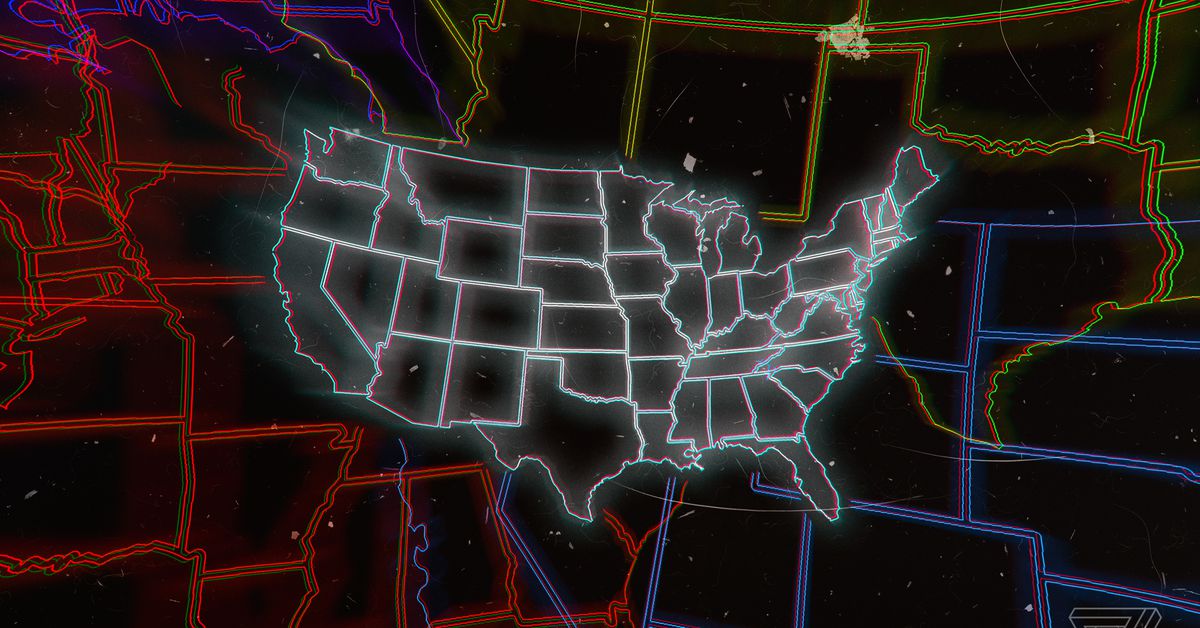
As COVID-19 spreads within the United States and across the globe, public health officials are calling for fewer public gatherings — which is pushing many activities online. The issue is particularly severe for schools, where the risk of spreading the disease is high. But as many US schools try to shift to online lesson plans, they’re running into the limitations of our threadbare broadband networks, which leave many students unable to connect to their new online classrooms.
For school officials across the world, there’s little time left to prepare. Earlier this week, the United Nations reported that 22 countries across three continents have already started closing schools as a result of novel coronavirus outbreaks. That means nearly 300 million children missing class worldwide, creating an “unparalleled” education disruption, according to the organization.
Washington state has seen 75 confirmed cases, the most of any state in the country, and making up more than a quarter of the total cases in the US. As a result, the state has also seen many of the most extreme precautions. Schools in the state started to shut down operations this week to prevent new illnesses. Universities, high schools, middle, and elementary schools are all closing shop for varying amounts of time, some moving classes exclusively online through apps and software like Zoom and Google Classroom until they reopen.
In a message to families, Washington state’s Northshore School District’s superintendent, Michelle Reid, wrote that ahead of their closure on March 5th, teachers worked with students “to make sure they are acquainted with the online platform(s) they will be using and that students are equipped with a device and wifi to engage in virtual learning.”
If a student in the district doesn’t have a usable internet connection, the school will be providing them with a mobile hotspot so they can continue to learn, Reid wrote.
Seattle Public Schools’ superintendent Denise Juneau told NPR that the district was asking teachers to “prepare packets of learning” to use while they’re out of classroom. She went on to say, “online learning would - there would be some equity issues with that because there would be some students who may not have access to technology at home, Internet.”
The New York Times reported Friday that many other schools may not be as prepared as the Northshore School District, with some teachers across the country filling out a shared Google Doc with “tips and tricks” for online learning.
All of these examples highlight a problem the Federal Communications Commission and lawmakers have struggled to solve for years — the “homework gap.” It’s a term that refers to the barriers students face at school when they don’t have access to a high-speed internet connection at home. In times of emergency, those online barriers become more apparent, especially when schools haven’t planned for them in advance before moving classes online.
“As a parent and as a public servant, I believe there are ways we can make sure that when crises like these do occur, every child has the ability to learn remotely because they have internet at home,” Democratic FCC Commissioner Jessica Rosenworcel told The Verge.
Over the years, the FCC has been criticized over its inaccurate broadband maps that make it more difficult for would-be rural internet providers to know where access is most desperately needed. As of right now, broadband providers submit their own data to the FCC to create their maps, and reports have shown that they exaggerate their coverage areas. Congress approved a bill this week that would require providers to submit more granular information and require the FCC to create a new process to verify that the data provided is correct.
Other lawmakers, like Sen. Chris Van Hollen (D-MD) have introduced measures specifically focused on closing the homework gap. His Homework Gap Trust Fund Act would establish a $2.4 billion trust fund that would be funded through the revenues received by the FCC’s upcoming C-band midband spectrum auction later this year that would go toward solving the problem.
“During times of emergency, the digital divide can create even more serious impacts for under-served families across our country,” Van Hollen told The Verge. “As coronavirus threatens to impact our schools, ensuring students have access to the internet at home is all the more important.”
"some" - Google News
March 07, 2020 at 04:47AM
https://ift.tt/32Uta9Y
As COVID-19 pushes classes online, some students are caught in the broadband gap - The Verge
"some" - Google News
https://ift.tt/37fuoxP
Shoes Man Tutorial
Pos News Update
Meme Update
Korean Entertainment News
Japan News Update
Bagikan Berita Ini














0 Response to "As COVID-19 pushes classes online, some students are caught in the broadband gap - The Verge"
Post a Comment